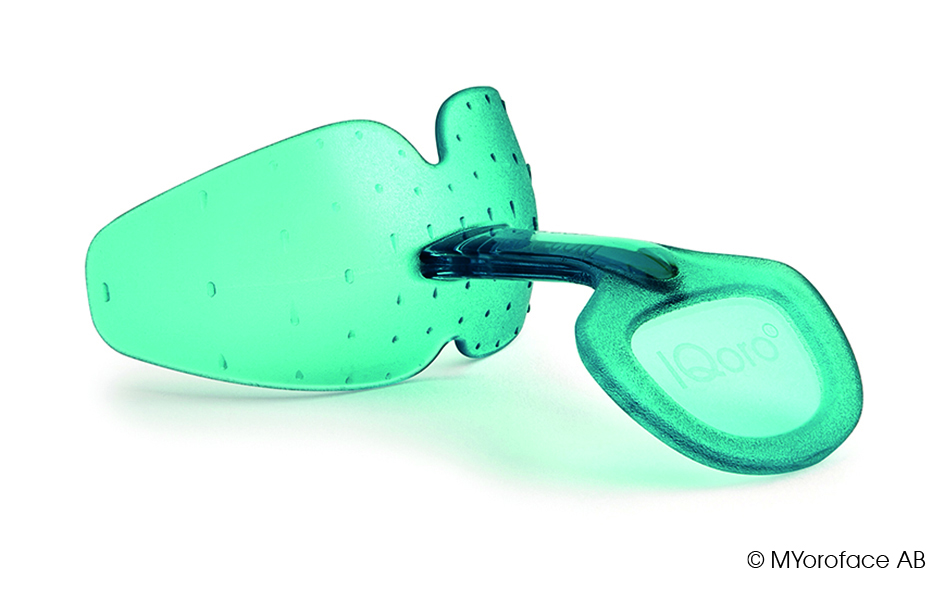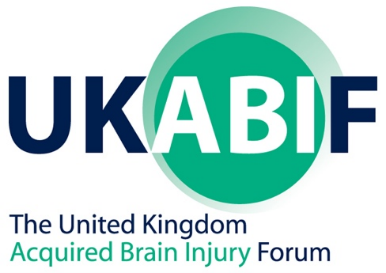SB623 Demonstrated Sustained Improvement in Motor Impairment up to 48 Weeks and Associated with Improvement in Function and Activities of Daily Living in Patients with Chronic Traumatic Brain Injury
Positive results from the one-year analysis of the Phase 2 STEMTRA trial were presented for the first time at the 2022 American Academy of Neurology (#AAN2022) Annual Meeting, 4-7 April, 2022.
SB623 has the potential to be the first cell treatment for chronic motor deficit from TBI
The SanBio Group (SanBio Co., Ltd. of Tokyo, Japan, SanBio, Inc. of Mountain View, California, US, and SanBio Asia Pte. Ltd. of Singapore) announced on April 5 2022 that SB623 met the primary endpoint and demonstrated a trend toward maintaining the improvement of function and activities of daily living in the final, one-year analysis of the Phase 2 STEMTRA trial, which evaluated the efficacy and safety of SB623 compared to sham surgery in patients with chronic motor deficit from traumatic brain injury (TBI). These results were presented in an oral plenary session at the American Academy of Neurology (AAN) Annual Meeting on April 5, 2022, in Seattle, Washington, USA.
SB623 is an investigational, regenerative cell medicine comprised of bone-marrow-derived, mesenchymal stem cells that are implanted intracranially around the area of the injury.
“The results of this study are promising for the millions of people struggling with long-term disabilities caused by traumatic brain injury, many of whom are often overlooked in the healthcare system,” said Peter McAllister, M.D., board-certified Neurologist and Medical Director and Chief Medical Officer of the New England Center for Neurology and Headache.
These findings reinforce the potential for SB623 to provide clinically meaningful improvements in motor function and ability to resume daily activities.
Peter McAllister
In this clinical study involving a total of 61 patients, 46 were treated with SB623 and 15 underwent sham surgery as a control group. Patients treated with SB623 saw significant improvements in motor function at 24 weeks compared to sham surgery, as measured by the change from baseline in the Fugl-Meyer Motor Scale (FMMS), the study’s primary endpoint (8.3 [1.4] vs. 2.3 [2.5], p=0.04). These improvements in motor impairment were maintained up to 48 weeks in the treatment group. SB623 cell implantation was associated with an improvement of function and activities of daily living at 48 weeks, as measured by scales including Action Research Arm Test (ARAT), Gait Velocity and NeuroQOL upper and lower extremity function T scores.
SB623 was well tolerated, consistent with previous studies, and no new safety signals were identified. No patients withdrew due to adverse events, and there were no significant differences in the rate of adverse events between patients treated with SB623 and sham surgery.
In March 2022, SanBio completed approval filing based on the STEMTRA trial data with Japan’s Ministry of Health, Labour and Welfare (MHLW) for SB623 as a treatment for chronic motor deficit from TBI under the Sakigake Designation System. In addition to receiving the Sakigake designation, SB623 was granted orphan regenerative medicine designation by the MHLW and regenerative medicine advanced therapy (RMAT) designation by the U.S. Food and Drug Administration (FDA).
“These data reaffirm the potential for SB623 to regenerate the brain after injury, an implication that would not only profoundly change the lives of those living with chronic traumatic brain injuries, but help shape the future of regenerative neurologic research,” said Keita Mori, chief executive officer at SanBio. “We have just completed the application for approval of SB623 in Japan based on these results, and will continue our efforts to obtain swift approval by responding promptly to the review by the regulatory authority, so that we can bring a new treatment option as quickly as possible to patients suffering from this underserved condition, which has no underlying cure.”
SanBio is preparing to initiate a Phase 3 trial for SB623 in the United States, where many traumatic brain injury patients currently live.
About Traumatic Brain Injury
Traumatic brain injury (TBI) is one of the leading causes of death and disability worldwide. The estimated global incidence of acute TBI during 2016 was 27 million cases, and the estimated global prevalence of chronic impairment secondary to TBI was 55.5 million cases.1 Overall, TBI and long-term motor deficits secondary to TBI significantly impair a person’s self-care, employability, and quality of life, and are major burdens on healthcare systems worldwide. In the United States, approximately 43% of surviving hospitalized persons with TBI experience long-term disabilities,2 and it is estimated that 3.17 million people are living with long-term disabilities secondary to TBI.3
About SanBio
SanBio is engaged in the regenerative cell medicine business, spanning research, development, manufacture, and sales of regenerative cell medicines. SanBio targets patients with high unmet medical needs that cannot be addressed by existing medical treatments, mainly in diseases of the central nervous system. SanBio is headquartered in Tokyo, Japan and has subsidiaries based in Mountain View, California, and Singapore. Additional information about SanBio Group is available at https://www.sanbio.com/en/.
About SB623
SB623 (INN: vandefitemcel) is a human (allogeneic) bone marrow-derived modified mesenchymal stem cell that is produced by modifying and culturing mesenchymal stem cells derived from the bone marrow aspirate of healthy adults. Implantation of SB623 cells into injured nerve tissues in the brain is expected to trigger the brain’s natural regenerative ability to restore lost functions. SB623 is currently being investigated for the treatment of several conditions including chronic neurological motor deficit resulting from traumatic brain injury and ischemic stroke.
About the STEMTRA Trial
STEMTRA is a 48-week, Phase 2, randomized, double-blind, surgical sham-controlled, global trial evaluating the efficacy and safety of SB623 compared to sham surgery in 61 patients with stable chronic motor deficits secondary to traumatic brain injury. In this study, SB623 was inserted via stereotactic, intracranial implantation. Patients underwent stratified randomization in a 1:1:1:1 ratio to receive either 2.5×106, 5×106 or 10×106 SB623 cells or sham surgical procedure.
To be eligible for this trial, patients (ages 18-75) must have been at least 12 months post-TBI and had a Glasgow Outcome Scale extended (GOS-E) score of 3-6 (e.g., moderate or severe disability). Patients must also have been able to undergo all planned neurological assessments and had no seizures in prior three months. The primary endpoint was mean change from baseline in Fugl-Meyer Motor Scale (FMMS) score at six-months. The STEMTRA trial enrolled 61 patients from 13 surgical and 18 assessment sites globally, including the U.S. and Japan.
Sources:
1James SL, et al. “Global, regional, and national burden of traumatic brain injury and spinal cord injury, 1990-2016: a systematic analysis for the Global Burden of Disease Study 2016.” Lancet Neurol 2019;18:56-87.
2Selassie AW, et al. “Incidence of long-term disability following traumatic brain injury hospitalization, U.S.”, 2003. J Head Trauma Rehabil 2008;23:123-31
3Zaloshnja E, Miller T, Langlois JA, Selassie AW. “Prevalence of long-term disability from traumatic brain injury in the civilian population of the United States, 2005.” J Head Trauma Rehabil. 2008 Nov-Dec;23(6):394-400.





